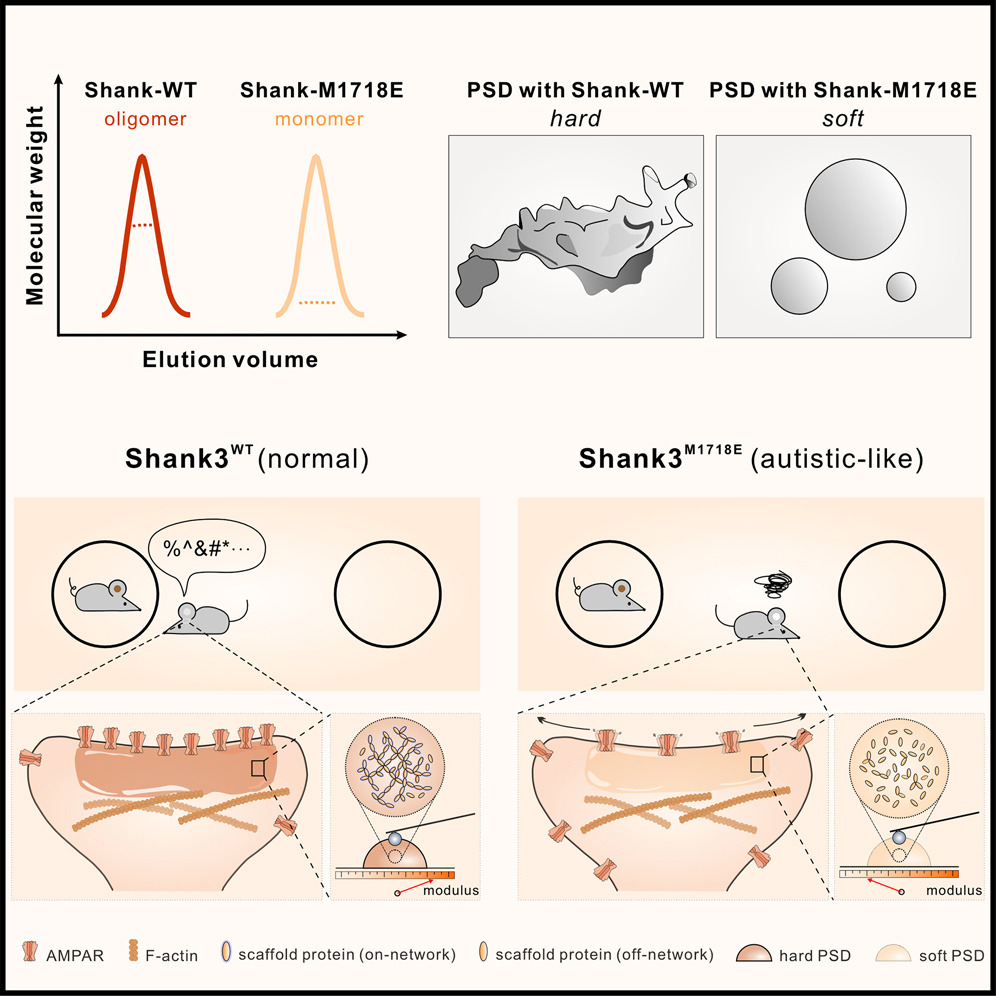Liquid-liquid phase separation in biology: mechanisms, physiological functions and human diseases
2020.04.30Zhang, H., Ji, X., Li, P., Liu, C., Lou, J., Wang, Z., ... Zhang, M., & Zhu, X. (2020). Science China Life Sciences, 63, 953-985.
Cells are compartmentalized by numerous membrane-enclosed organelles and membraneless compartments to ensure that a wide variety of cellular activities occur in a spatially and temporally controlled manner. The molecular mechanisms underlying the dynamics of membrane-bound organelles, such as their fusion and fission, vesicle-mediated trafficking and membrane contactmediated inter-organelle interactions, have been extensively characterized. However, the molecular details of the assembly and functions of membraneless compartments remain elusive. Mounting evidence has emerged recently that a large number of membraneless compartments, collectively called biomacromolecular condensates, are assembled via liquid-liquid phase separation (LLPS). Phase-separated condensates participate in various biological activities, including higher-order chromatin organization, gene expression, triage of misfolded or unwanted proteins for autophagic degradation, assembly of signaling clusters and actin- and microtubule-based cytoskeletal networks, asymmetric segregations of cell fate determinants and formation of pre- and post-synaptic density signaling assemblies. Biomacromolecular condensates can transition into different material states such as gel-like structures and solid aggregates. The material properties of condensates are crucial for fulfilment of their distinct functions, such as biochemical reaction centers, signaling hubs and supporting architectures. Cells have evolved multiple mechanisms to ensure that biomacromolecular condensates are assembled and disassembled in a tightly controlled manner. Aberrant phase separation and transition are causatively associated with a variety of human diseases such as neurodegenerative diseases and cancers. This review summarizes recent major progress in elucidating the roles of LLPS in various biological pathways and diseases.
- Recommend
-
2025-10-22
IQSEC2/BRAG1 may modulate postsynaptic density assembly through Ca2+-induced phase separation.
-
2025-08-22

Shank3 oligomerization governs material properties of the postsynaptic density condensate and synaptic plasticity.
-
2025-08-21
Modulating synaptic glutamate receptors by targeting network nodes of the postsynaptic density condensate.
-
2025-08-19
Current practices in the study of biomolecular condensates: a community comment.
-
2025-06-10
Phase separation instead of binding strength determines target specificities of MAGUKs.

